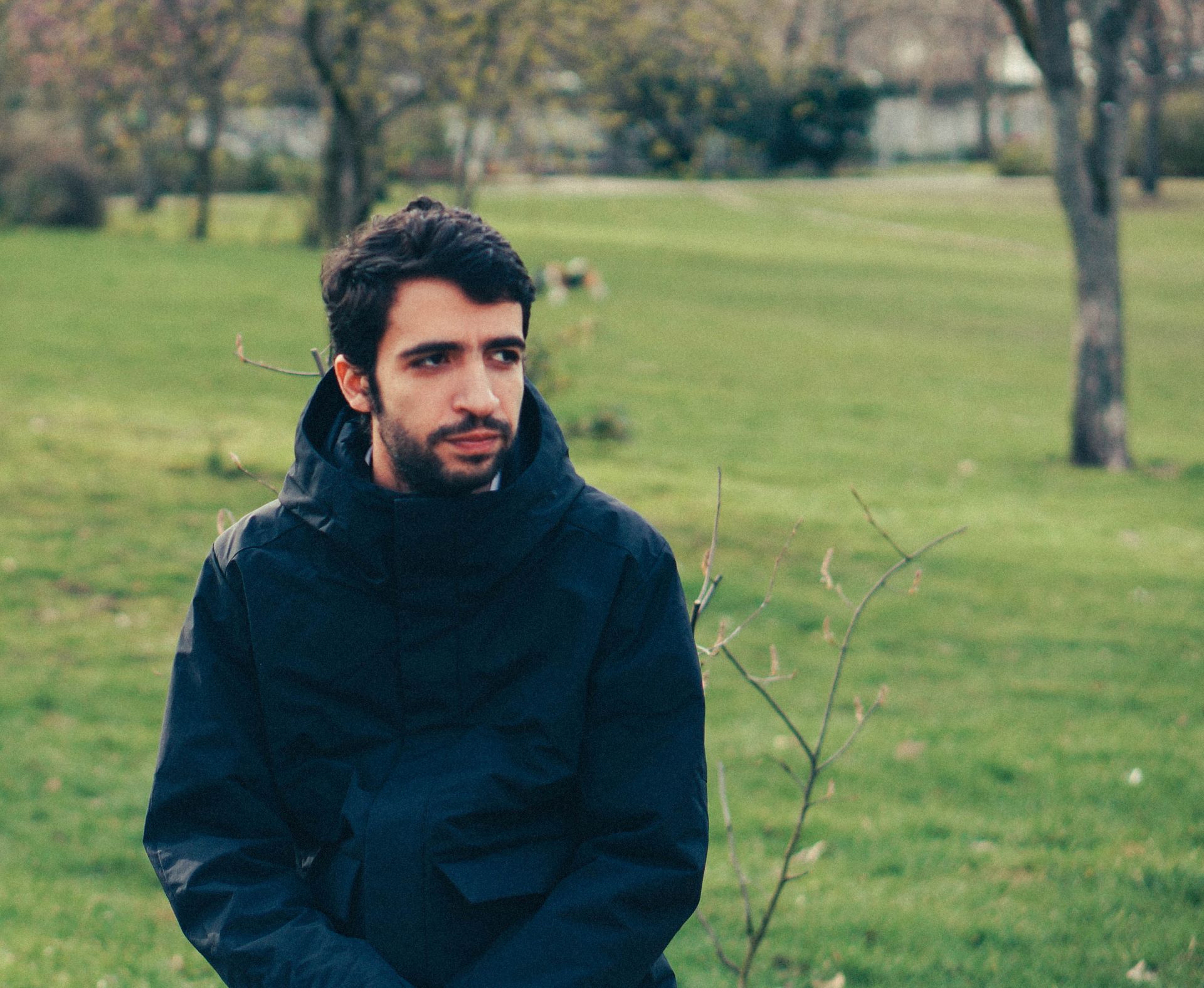
Dutch producer Jope has been making waves in the electronic music scene, particularly with his latest release, “Rise.” This track combines mesmerizing, intricate synth work with raw bass and vocal samples, Jope has showcased his ability to create complex and catchy music. One of the secrets behind the unique percussion sounds in his tracks is the Roland TR-8 drum machine, a versatile and user-friendly piece of hardware that adds depth and authenticity to his productions.
Jope uses the Roland TR-8 for layering and enriching his drums, often beginning with samples on his DAW and then adding extra layers and automation through the TR-8. He believes that working with analog gear, like the TR-8, gives electronic music an authentic feel and allows for creative “mistakes” that contribute to a more unique sound. The TR-8 is suitable for various genres, including House, Techno, Ambient, and Hip Hop, making it a versatile choice for any producer.
To celebrate the release of his latest single on Sekora Records, we invited the producer onto the show to break down all of his production secrets when using Roland’s most iconic drum machine.
How does the Roland TR-8 differ from other drum machines on the market, and what advantages does it offer for you in your productions?

Fun story about my purchase of the TR-8. It actually did not start after researching into these kind of drum machines, but into samplers. However I was absolutely not convinced. Then I got a message from a buddy of mine that works at a music store about a new drum computer, the TR-8. I went the next day to test it out and I was immediately sold. It is super easy to use, and the light-up buttons make the interface even better for me.
When should you use the Roland TR-8 in your productions, and what types of tracks or genres is it best suited for?
I personally love to use the drums of the TR-8 to layer and make my drums sound even fuller and more unique. I often make the main drums with samples on my DAW, but then I go on the TR-8 and add extra layers and record automation to make it more alive sounding. Working with analog gear makes it more authentic in my opinion since you turn on actual knobs. Regarding genre I would say electronic-based music overall. You can use it for House, Techno, Ambient music if you’d like, and off course Hip Hop with the amazing sounds from the original TR-808.
What are some of the limitations of the Roland TR-8, and how do you work around them to achieve their desired sound?

At the moment I do not think it has a lot of limitations. For drum purposes, it almost has every function. You can alter the different samples. You can change the rhythm of the sequencer. You can even add a reverb or a delay.
The only thing I could come up with is the following. Sometimes I want to make the parameters of the samples even more extreme. For example, make the release even longer then possible with the parameters on the TR-8. This can, however be changed in the DAW.
Why is it important to understand the relationship between sound and emotion in music production, and how can the Roland TR-8 help you create moods and atmospheres in your tracks?

I am a huge fan of real-life gear. Synths, drum computers, mixing desks, etc. It can create an extra dimension in my music because you actually turn on knobs and it lets you make human “mistakes”. With creating automation in a DAW, I can make the smallest changes become perfect, but when turning on parameters on a synth it can’t be perfect at all. These “mistakes” can give your music a more unique sound and you can come across amazing sound design as well.
I notice that when I work with actual gear, I often just turn on knobs without thinking. Often in a plug-in I try to create a sound I’m looking for, but when I have a synth in front of me I start playing around and record it. Sometimes it sounds as garbage, but sometimes it can become the best mistake you ever made!
What are some ways you can manipulate the Roland TR-8 using external gear and processing to achieve a unique sound that stands out from the crowd?
Something I often use on drums is distortion on for example some soft sounding hihats and something I love to use on some background loops is a flanger. Using it slightly on drums can give the drums more movement and can make it more interesting over time.
How do you layer and blend sounds on the Roland TR-8, to create more complex and nuanced textures?
I mostly try to layer it by changing the parameters while recording it live. This way I can give it some more flow. Also a cool feature to make it more complex and distinctive from basic loops is the scatter option. It gives the sequencer some sort of glitch effect, making the entire loop extremely weird, but this can becomes very unique when combined with a strong drum base.






![[Free eBook For Musicians] Career Foundations For Music Producers: True Strategies And Harsh Realities To Start Getting Paid For Your Music](https://magneticmag.com/wp-content/uploads/2024/05/Untitled-design-2024-05-09T141425.352-1024x614.png)

